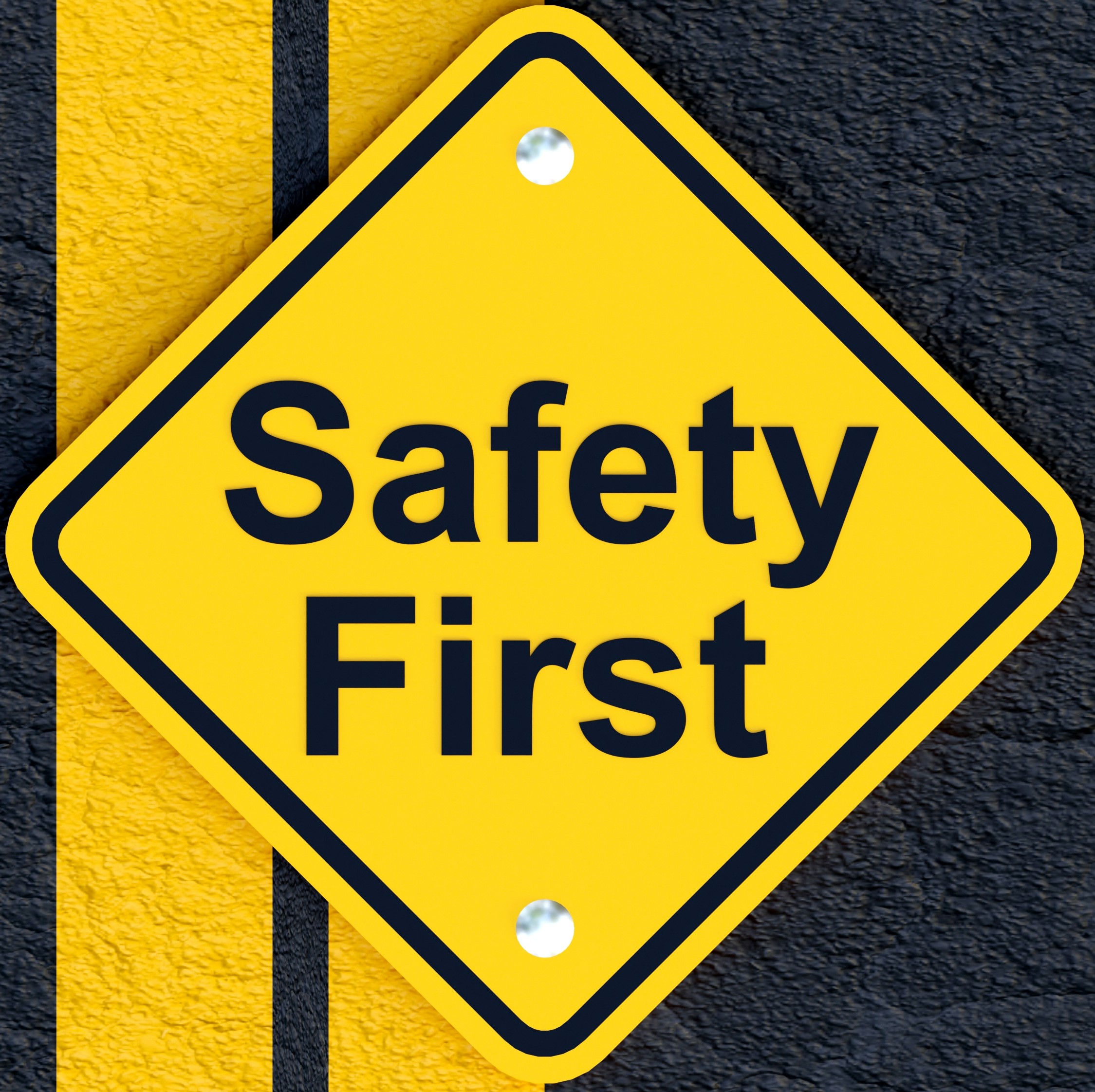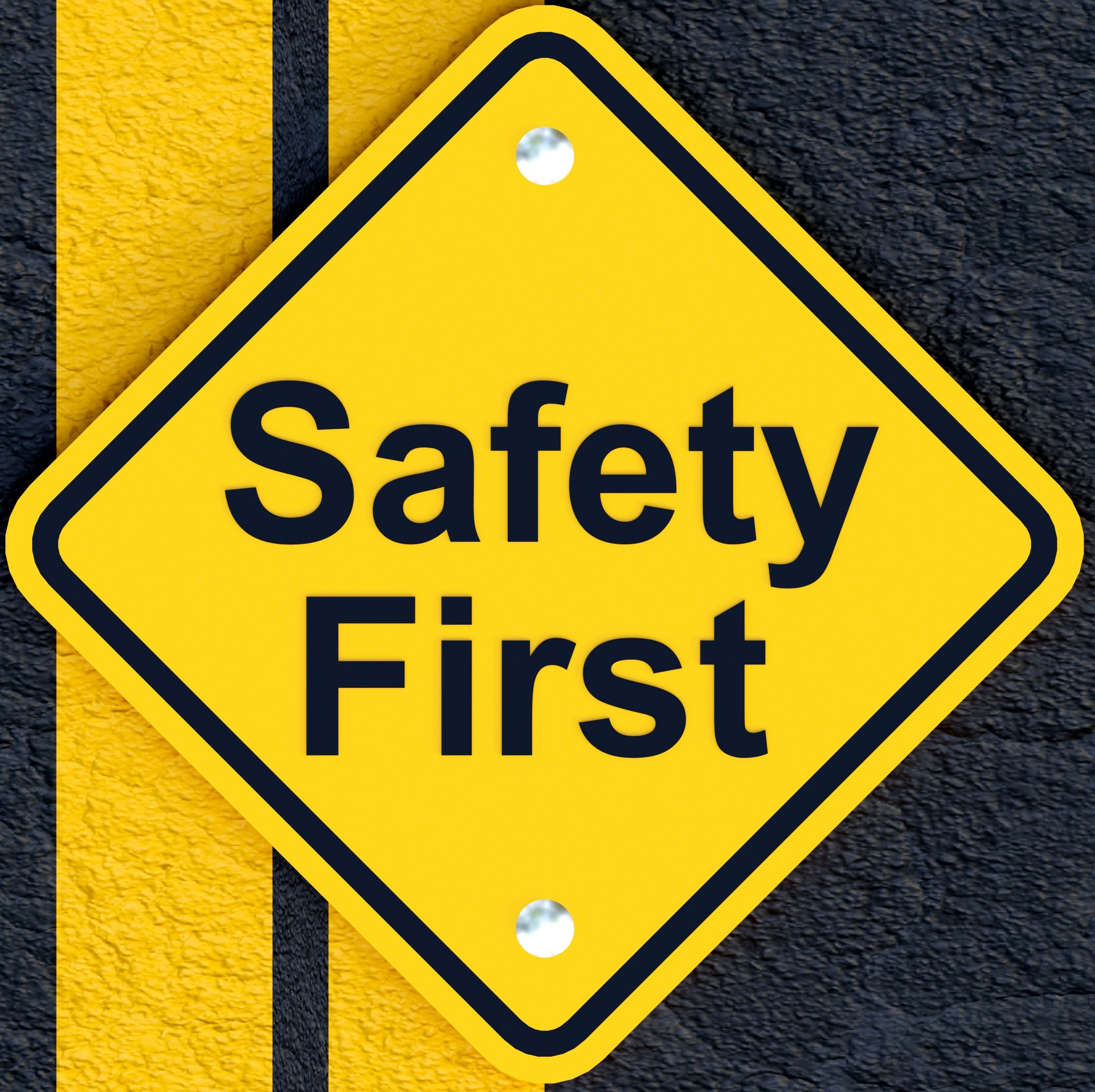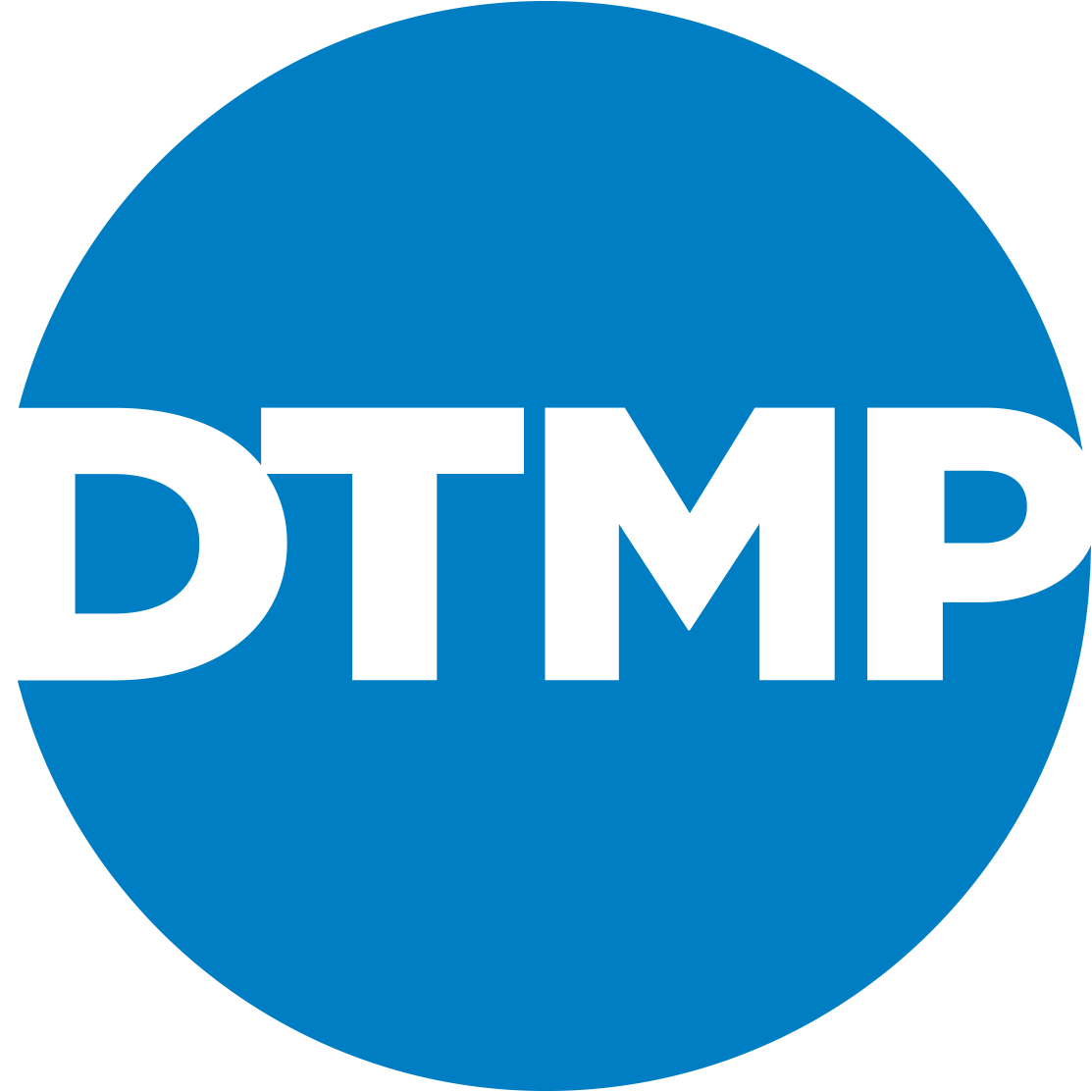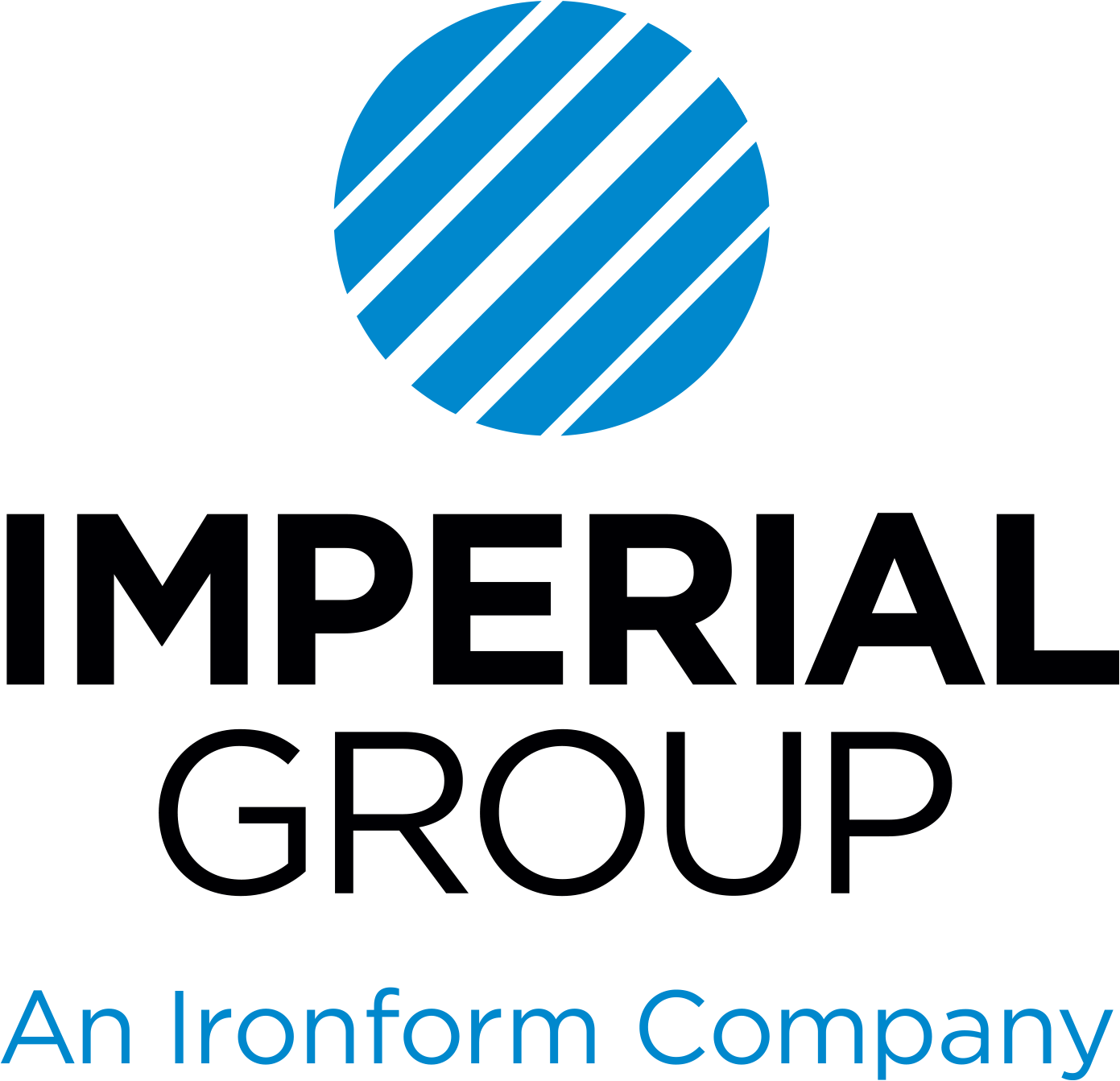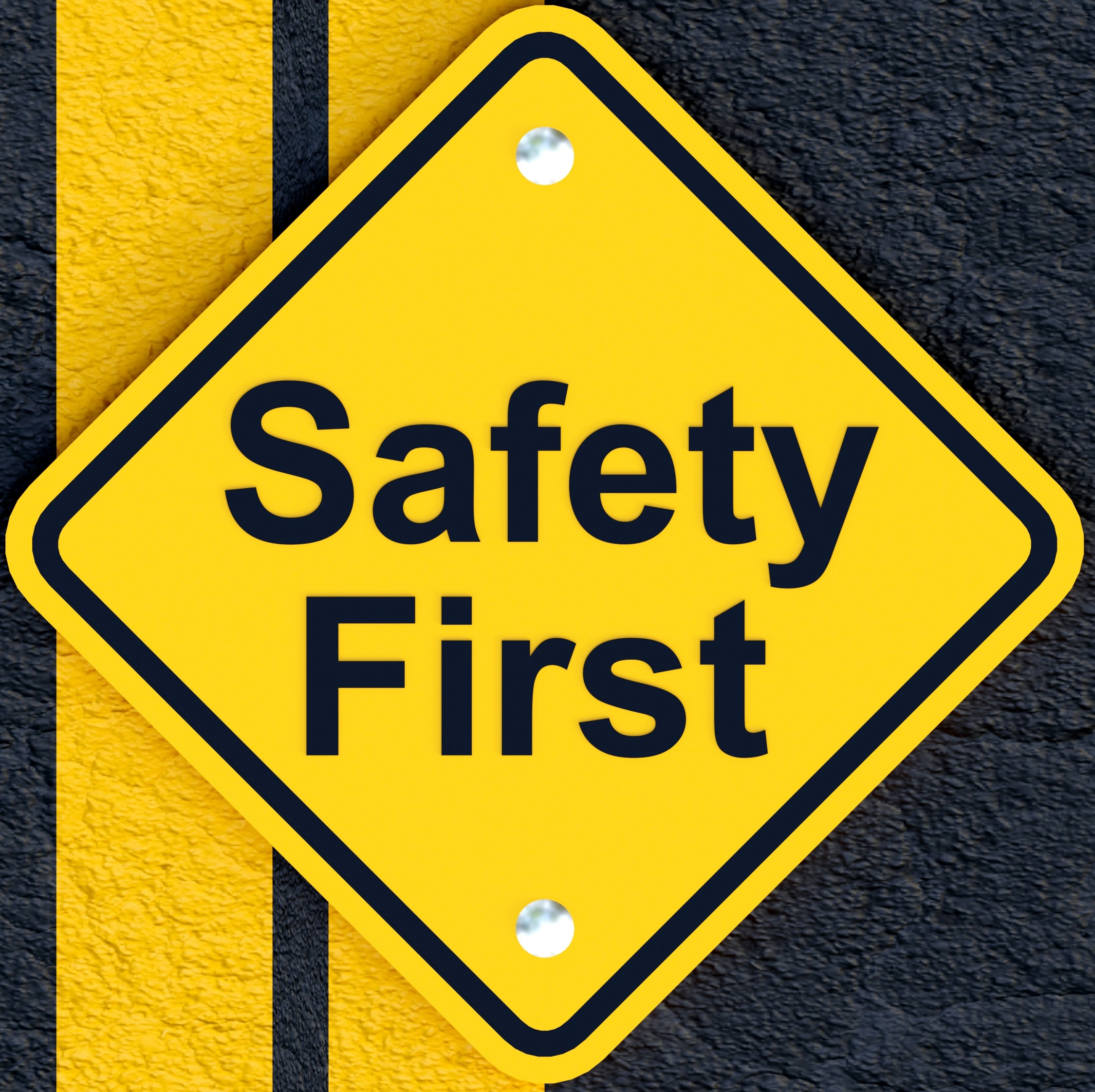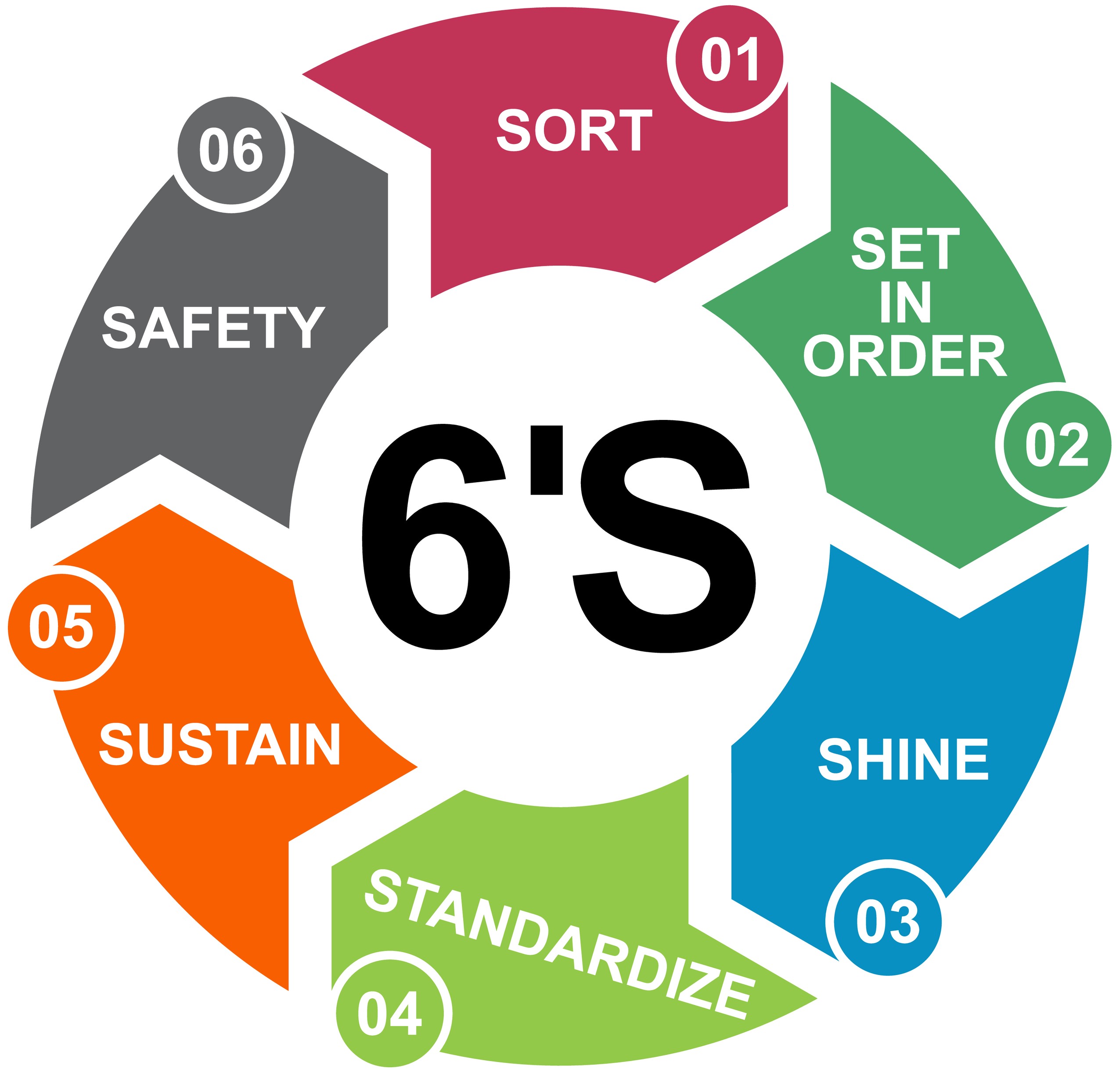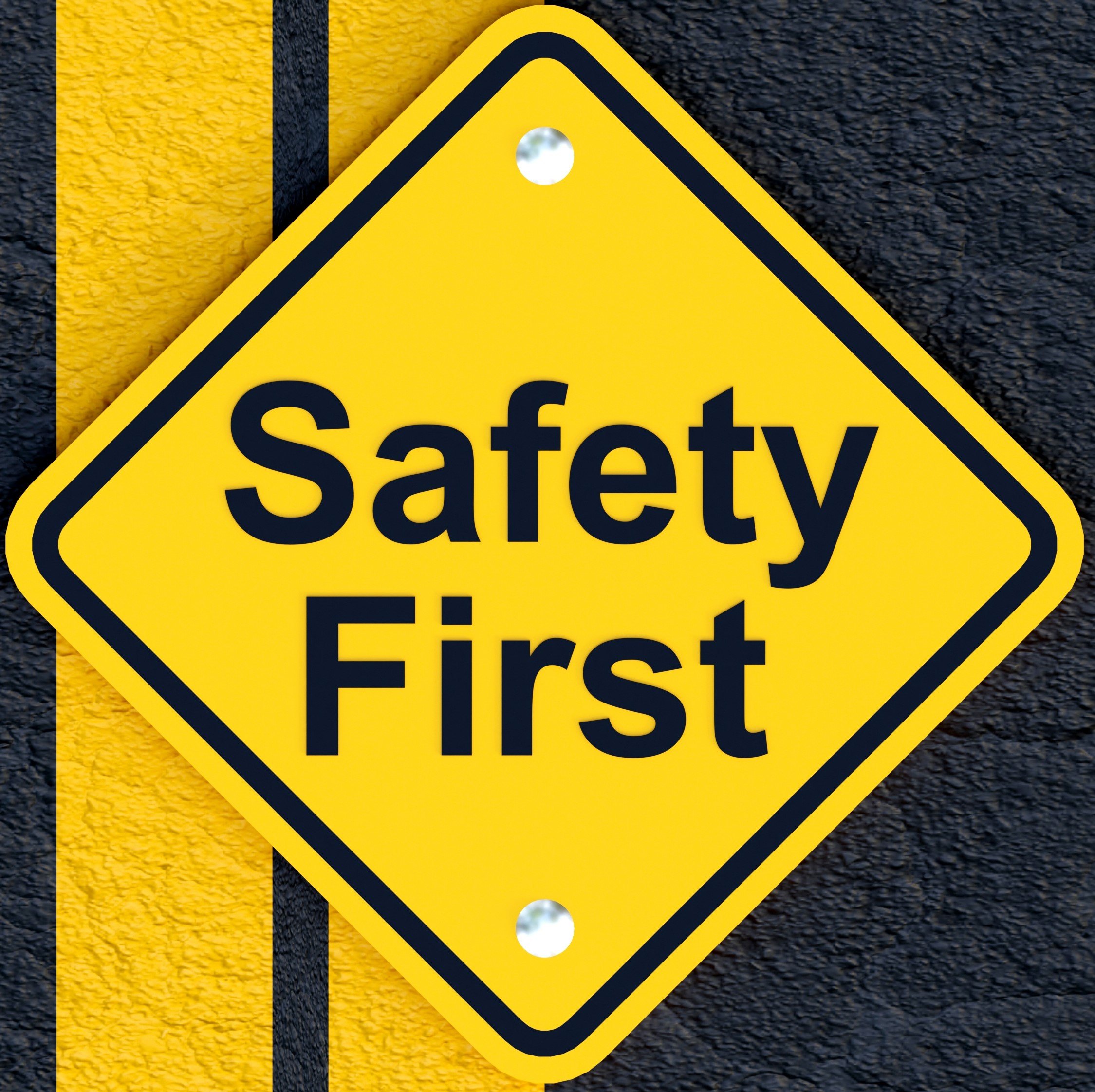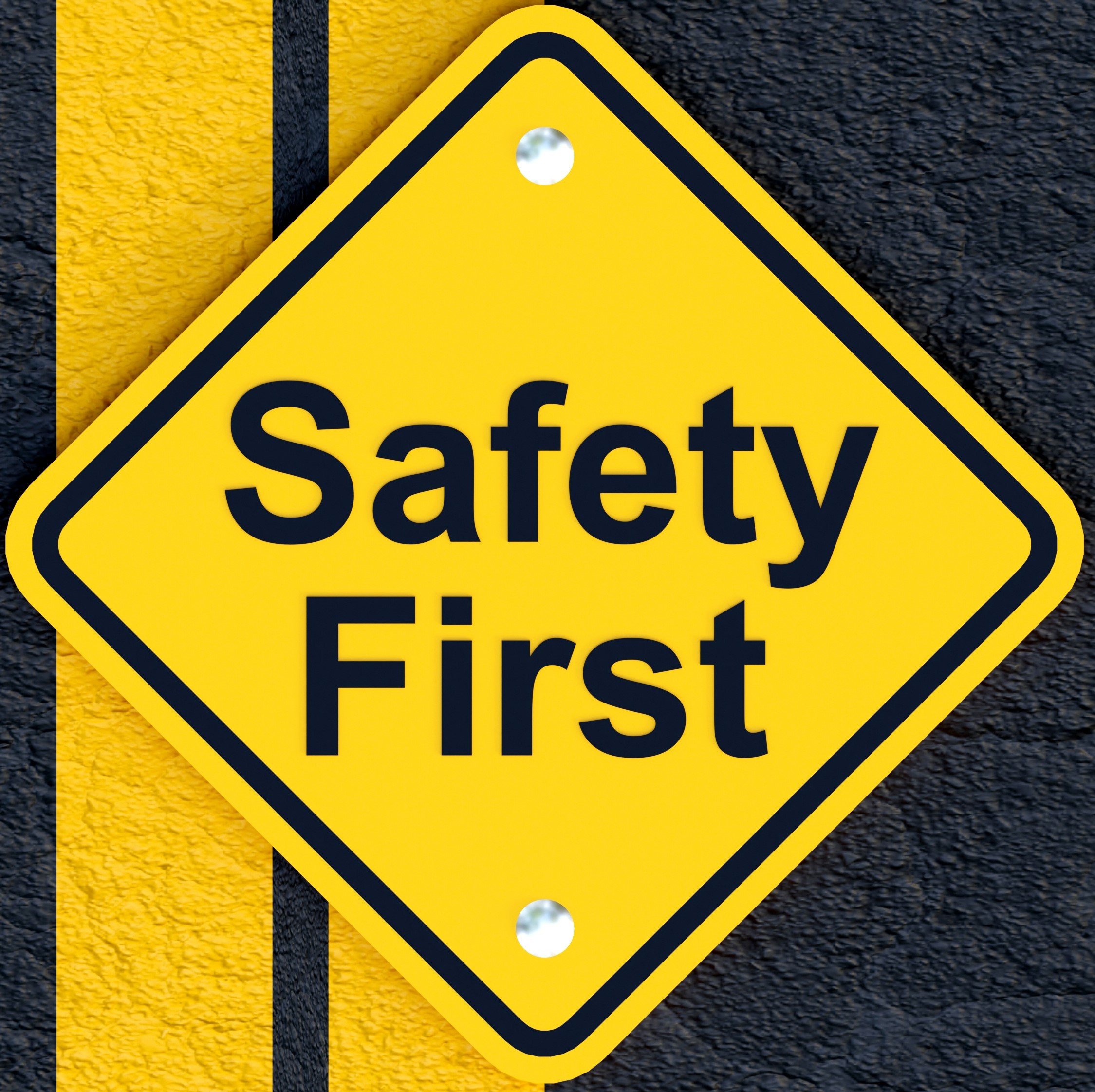Title Page
-
Conducted on
-
Conducted by
-
-
Department
General
Housekeeping & General Work Environment
-
1. Walking-working surfaces are kept clean, orderly, and free of debris?<br>(Walking-working surfaces: any horizontal vertical surface on or through which a worker walks, works, or gains access to a work area or workplace location)
-
Specify work station(s)
-
2. Access to and from work stations and work areas are a minimum of 24 inches, free of obstructions and constantly accessible?
-
Specify work station(s)
-
3. Work stations are free of trash accumulation, clean, tidy, well organized and free of trip hazards?
-
Specify work station(s)
-
4. Storage areas are clean, orderly and tidy?
-
Specify work station(s)
-
5. Are employees addressing housekeeping issues as they see them?
-
Specify work station(s)
-
6. Emergency routes and emergency doors are kept clear and fully accessible at ALL TIMES?
-
Specify work station(s)
-
7. Emergency equipment (Fire Extinguishers, eyewash stations etc) free from obstructions and are constantly accessible?
-
Specify work station(s)
-
8. Sufficient access and working space is provided and maintained around all electrical equipment to permit safe operations and maintenance?<br>(Clear space is maintained in front of electrical panels; minimum 3 feet in front, and at least the width of the panel, but not less than 2 ½ feet?)
-
Specify work station(s)
-
9. Material and equipment is stored in such a way that projections do not interfere with walkways?
-
Specify work station(s)
-
10. Aisles and walkways that pass near moving or operating machinery, welding operations and similar operations are arranged so employees are not subjected to potential hazards?
-
Specify work station(s)
-
11. Fan blades are protected with a guard having openings no larger than l/2 inch when operating within 7 feet (2.1336 meters) of the floor or working level.
-
Specify work station(s)
-
12. Are pallets and materials laying flat and stacked securely and neatly?
-
Specify work station(s)
-
13. Are pallets that are in use in good condition?
-
Specify work station(s)
Facility Security: Visitor Management
-
1. Contractors & Visitors are signing in and out of facility as required per Visitor Management Procedure?
-
Provide Name and Company of each
-
2. Contractor & Visitor Badges worn as required per Visitor Management Procedure?
-
Provide Name and Company of each
Behavior Based Safety
General EHS Rules
-
1. Employees wearing ID Badges as required per EHS General Rules?
-
Specific Area(s)
-
Provide name(s) of non-compliant employee(s) in notes
-
Are Red or Pink Badge employees operating equipment alone, with another Red or Pink Badge Employee or without supervision?
-
Provide employee names
-
2. Forklift Operators are wearing Forklift ID Badges & training is current?
-
List employees not wearing Forklift ID Badges
-
3. Are employees adhering to cell phone and earbud policy?
-
Specify work station(s)
-
4. Are proper lifting procedures being followed?
-
Specify work station(s)
-
5. Are employees using caution around machines?
-
Specify work station(s)
Personal Protective Equipment (PPE)
-
1. Are employees wearing appropriate PPE?
-
Specify lack of or inappropriate PPE
- Safety Glasses/Goggles
- Rx Safety Glasses/Over the Glasses Safety Glasses
- Face Shields
- Steel Toes
- Gloves
- Respiratory Protection
-
Specify work station(s)
-
2. Is PPE being worn correctly?
-
Specify work station(s)
-
3. Is PPE maintained in a sanitary condition and ready for use?
-
Specify work station(s)
Hazard Communication & Chemicals
-
1. GHS Labels are kept on shipped containers; including: product identifier, signal word, hazard statement(s), pictogram(s), precautionary statement(s), and supplier information.
-
Specify work station(s)
-
2. GHS Compliant Labels on workplace containers where required (e.g., chemicals received in large containers that are transferred to smaller containers such as pails, vats, storage tanks etc).
-
Specify work station(s)
-
3. All spray bottles are labeled with a GHS Compliant Label.
-
Specify work station(s)
-
4. Employees understand labels received on shipped containers and details of the workplace labeling system. (e.g., where to get GHS Labels for spray bottles)
-
Specify work station(s)
-
5. Employees understand SDS and where to find them.
-
Specify work station(s)
-
6. Chemicals are kept in closed containers when not in use.
-
Specify work station(s)
-
7. Aerosol cans are punctured and emptied before disposal.
-
Specify work station(s)
-
8. Lid of Aerosol Disposal Puncturing Unit is kept closed when not in use.
-
Specify work station(s)
Environmental Management System
-
1. Drums of new and/or used oil stored on a proper secondary containment pad.
-
1b. Secondary containment pads is in good condition (no leaks, damage, dents).
-
Specify work station(s)
-
Indicate any issues found during inspection
- Possible Leakage
- Dents/Damage
- Needs Emptying
-
Specify work station(s)
-
2. Used absorbent pads and/or used absorbent materials disposed in proper container.
-
Specify work station(s)
-
3. Used oil containers and/or pails are in good condition and labeled as "Used Oil".
-
Specify work station(s)
Electrical
-
1. Disconnecting switches and circuit breakers are labeled to indicate their use or equipment served.
-
Specify work station(s)
-
2. Cables and/or flexible cords with exposed wiring, frayed or deteriorated insulation, splices or taps present in work area.
-
Specify work station(s)
-
3. Flexible cords are only used in continuous lengths without splice or tap.
-
Specify work station(s)
-
4. Strain reliefs are free of exposed wiring, frayed/deteriorated insulation, splices or taps.
-
Specify work station(s)
-
5. Electrical enclosures such as switches, receptacles, junction boxes, etc., equipped with tight-fitting covers or plates.
-
Specify work station(s)
-
6. Multiple plug adaptors (e.g., power strips) are not used.
-
Specify work station(s)
-
7. All extension cords are equipped with grounding conductor.
-
Specify work station(s)
-
8. Extension cords are being used as permanent powers sources.
-
Specify work station(s)
Tools, Equipment and Machines
Grinders
-
1. Bench and pedestal grinders are permanently mounted.
-
Specify work station(s)
-
2. Abrasive grinders have safety guards that cover the spindle, nut and flange projections; the guards are mounted to maintain proper alignment with the wheel.
-
Specify work station(s)
-
3. Safety Guards on Vertical or Right Angle Head portable grinder are located between the operator and wheel during use, and have a maximum exposure angle of 180 degrees.
-
Specify work station(s)
-
4. The maximum revolutions per minute (rpm) rating of each abrasive wheel is compatible with the rpm rating of the grinder motor.
-
Specify work station(s)
-
5. Each grinder has an individual on and off control switch.
-
Specify work station(s)
-
6. New abrasive wheels are visually inspected and ring tested before they are mounted.
-
Specify work station(s)
-
7. Splash guards are mounted on grinders that use coolant to prevent the coolant from reaching workers.
-
Specify work station(s)
Machinery & Equipment
-
1. Fixed machines are anchored to prevent tipping or other movement.
-
Specify work station(s)
-
2. Operator and other workers in the machine area are protected from hazards created at the point of operation, ingoing nip points, rotating parts, flying chips, and sparks.
-
Specify work station(s)
-
3. Safe guards are in use (light curtains, cage doors, mezzanine gates, machine guards, dock chains, LOTO if applicable etc.)?
-
Specify work station(s)
-
4. Moving chains and gears are properly guarded.
-
Specify work station(s)
-
5. A power shut-off switch is provided within reach of the operator’s position at each machine.
-
Specify work station(s)
-
6. Foot-operated switches are guarded or arranged to prevent accidental actuation by a person or falling object.
-
Specify work station(s)
-
7. Manually operated valves and switches controlling operation of equipment/machines are clearly identified and readily accessible.
-
Specify work station(s)
-
8. Emergency stop buttons are mushroom shaped, colored red and have a yellow collar legend plate labeled "EMERGENCY STOP".
-
Specify work station(s)
Cranes & Hoists
-
1. All equipment with obvious signs of deterioration, leakage, or deformation is inspected daily.
-
Specify work station(s)
-
2. Hooks with deformation or cracks and hoist chains, including end connections, are visually inspected daily.
-
Specify work station(s)
-
3. The rated load of each hoist is legibly marked and visible to the operator.
-
Specify work station(s)
-
4. Pendant control boxes are constructed to prevent electrical shock and have clearly labelled functions.
-
Specify work station(s)
-
5. Pendant control stations are kept clean and function labels kept legible.
-
Specify work station(s)
-
6. Are employees using twisted or kinked hoist chains or hoist ropes?
-
Specify work station(s)
-
7. Are employees wrapping hoist ropes or hoist chains around the load as a substitute for a sling?
-
Specify work station(s)
-
8. Loads are well secured and properly balanced before lifted more than a few inches.
-
Specify work station(s)
-
9. Operators are instructed to avoid carrying loads above people, and provisions are made to ensure that no one is below hoisted material or equipment.
-
Specify work station(s)
-
10. All unsafe conditions, identified by inspections, are corrected by designated workers before crane operation resumes.
-
Specify work station(s)
-
11. Safety latches and other devices are used to prevent slippage of materials off hoisting hooks.
-
Specify work station(s)
-
12. Chains, ropes, chokers, and slings are adequate for the materials they are securing.
-
Specify work station(s)
-
13. Hoist controls are plainly marked to indicate the direction of travel or motion.
-
Specify work station(s)
Sign-off
Sign-off
-
Auditor
-
Plant Manager
-
Plant EHS
-
Additional Personnel
-
Additional Personnel
